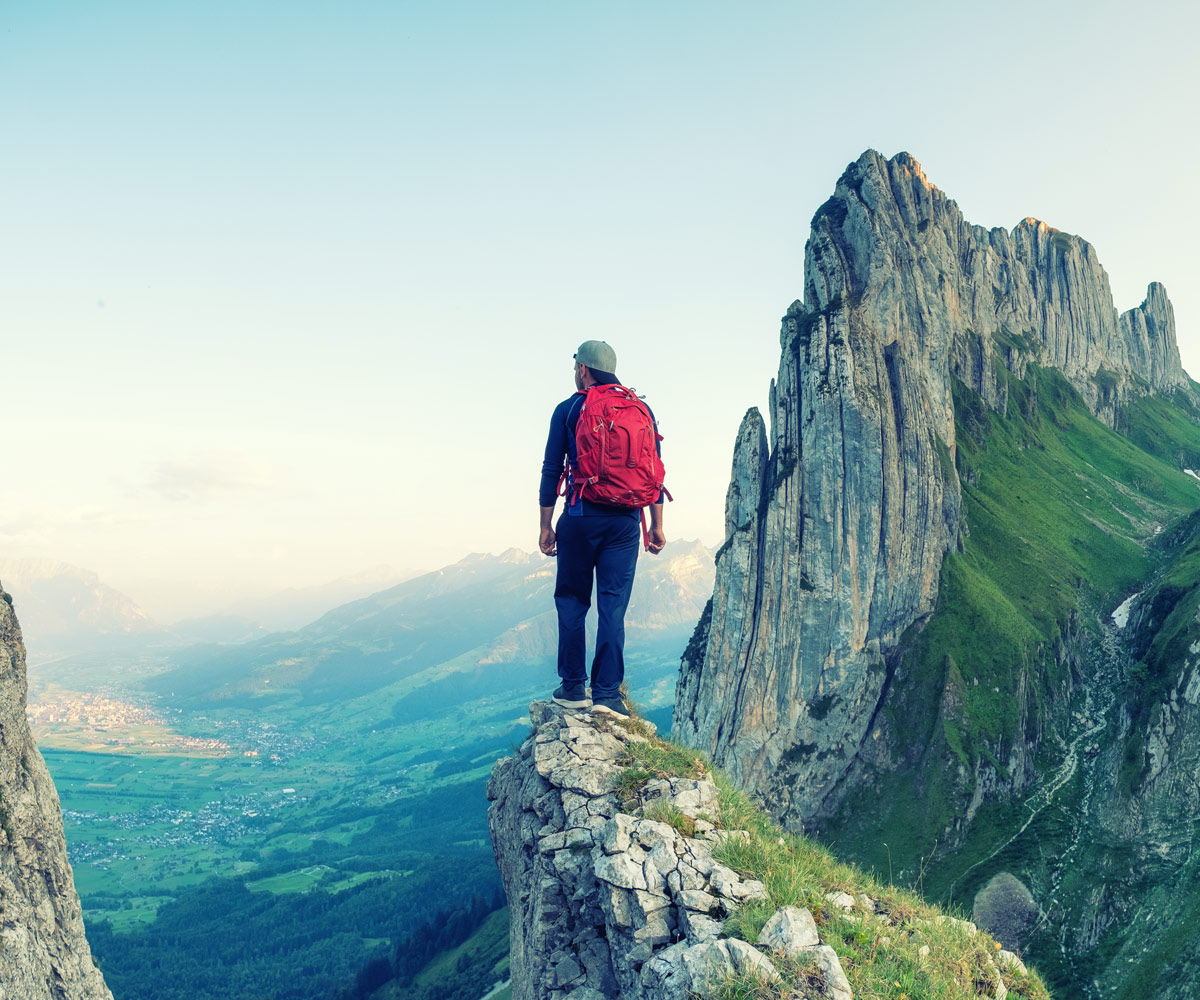Ah, the Yadkin River – a veritable winter wonderland if ever there was one! As the temperatures plummet and the days grow shorter, this tranquil waterway transforms into a glittering, crystalline paradise, ripe for the photographic exploration. And let me tell you, there’s nothing quite like capturing the majesty of those glistening icicles that cling to the riverbanks, just begging to be immortalized in pixels.
The Allure of Icicles
Now, I know what you’re thinking – “Icicles? Really? How exciting can that be?” But trust me, my friends, when you see these natural ice sculptures up close, you’ll be captivated by their sheer beauty and the endless possibilities they present for the discerning photographer.
You see, each icicle is a unique work of art, formed by the slow, steady drip of water and the relentless embrace of cold air. The way the light dances across their faceted surfaces, casting mesmerizing shadows and refractions, is truly a sight to behold. And the way they cluster together, creating intricate, otherworldly formations, is just downright mesmerizing.
But it’s not just the icicles themselves that make this such a rewarding photographic subject. It’s the entire winter landscape that surrounds them – the bare, skeletal trees, the crisp, clean air, the muted colors that seem to take on a new vibrancy when juxtaposed with the ice. It’s like a symphony of natural elements, all coming together to create a breathtaking visual masterpiece.
Chasing the Perfect Shot
Of course, capturing the perfect icicle photograph is no easy feat. It requires a keen eye, a steady hand, and a willingness to brave the elements (trust me, those winter winds can be brutal). But the rewards are oh-so-worth-it.
One of the keys to success is understanding the ever-changing nature of your subject. Icicles are constantly in flux, growing and shifting with the whims of the weather. What might have been a stunning composition one day could be a mere frozen puddle the next. So, you’ve got to be nimble, always on the lookout for that fleeting moment of perfection.
And speaking of perfection, let’s talk about the art of composition. With icicles, you’ve got to think outside the box. Sure, you could go for the classic “icicle hanging from a branch” shot, but why not get creative? Try framing the icicles against a stark, winter backdrop, or experimenting with unique perspectives that highlight their intricate, geometric forms.
Don’t be afraid to get up close and personal, either. Sometimes, the most captivating icicle shots come from zeroing in on the intricate details – the way the light refracts through the ice, the delicate patterns etched into the surface, the tiny air bubbles trapped within. It’s like peering into a frozen, crystalline world, and it’s absolutely mesmerizing.
Tips for Icicle Photography
Of course, all this talk of icicle photography is great, but what good is it without some practical advice? Fear not, my friends, for I have a few tricks up my sleeve to help you capture those elusive icy wonders.
First and foremost, invest in a good, sturdy tripod. Icicles may seem like they’re standing still, but they’re actually quite delicate, and any camera movement can result in blurry, unfocused shots. A tripod will help you keep your camera steady, allowing you to experiment with longer exposures and capture those dreamy, silky-smooth effects.
Secondly, be mindful of your camera settings. Icicles can be tricky to expose properly, what with all that glare and reflective surface area. Try experimenting with manual mode, adjusting your aperture, shutter speed, and ISO to find the perfect balance. And don’t be afraid to dial in a bit of exposure compensation to account for those bright, icy highlights.
Speaking of lighting, pay close attention to the way the sun (or lack thereof) interacts with your icy subjects. The golden hour, when the sun is low on the horizon, can create some truly magical effects, casting warm, glowing hues across the icicles. But don’t count out overcast days, either – the diffused, even light can be perfect for capturing those intricate textures and details.
And finally, don’t be afraid to get a little creative with your post-processing. A touch of selective sharpening here, a bit of contrast adjustment there – these small tweaks can really make your icicle shots pop. Just remember to keep things natural and avoid heavy-handed edits that detract from the inherent beauty of your subject.
A Frozen Feast for the Senses
As I stand here, gazing out at the icicles that cling to the banks of the Yadkin River, I can’t help but feel a sense of wonder and reverence. These delicate, crystalline structures are a true testament to the raw power and beauty of Mother Nature, and I feel incredibly fortunate to have the opportunity to capture their magnificence through my lens.
From the way the light dances across their faceted surfaces to the gentle, tinkling sound they make as they sway in the breeze, icicles engage all of the senses in the most captivating way. And to be able to share that experience with others, to help them see the world in a new and awe-inspiring way, well, that’s what photography is all about, isn’t it?
So, if you find yourself in Caldwell County this winter, I encourage you to bundle up, grab your camera, and head out in search of those glittering, icy wonders. Trust me, the rewards will be well worth the chill. Who knows, you might just capture that once-in-a-lifetime shot that leaves everyone you know simply breathless.
And when you’re done, be sure to swing by the Caldwell County Chamber of Commerce to share your experiences and connect with other like-minded photographers and outdoor enthusiasts. After all, there’s nothing quite like a community of people who share your passion for exploring the natural beauty of this incredible world.










